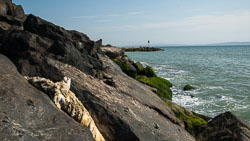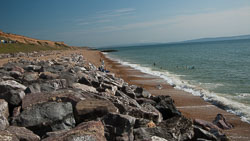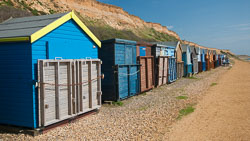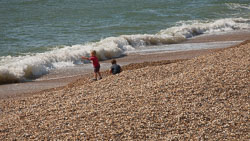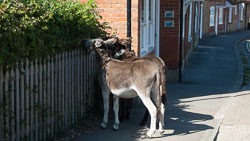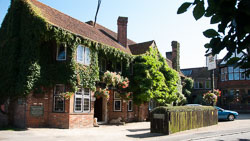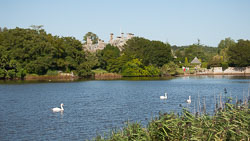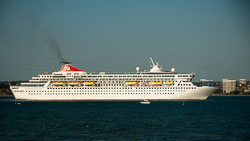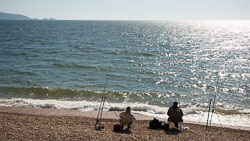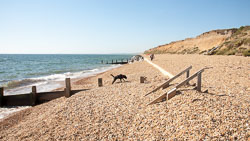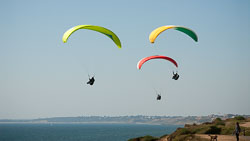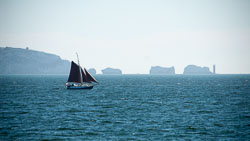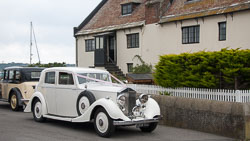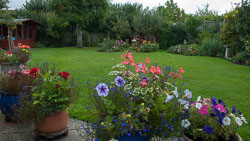England 2012 – Lymington and the New Forest
Our time this trip was spent almost exclusively in Lymington, on the edge of the New Forest. Now a national park, the New forest was first created as an English medieval deer hunting area in 1079 by William the Conqueror. It is a unique area of historical, ecological and agricultural significance, and retains many of the rural practices conceded by the Crown in historical times to local people. The most well-known of these is the pasturing of ponies, cattle, pigs and donkeys in the open Forest by local inhabitants known as commoners. The New Forest has also been an important source of timber for the Crown.
Lymington is a port town on the west bank of the Lymington River on the Solent, in the New Forest district of Hampshire. It is opposite Yarmouth on the Isle of Wight which is connected to it by a car ferry and has a large tourist industry, based on proximity to the New Forest and the harbor. It is a major yachting center with three marinas. Except for the tourist season, the area is much quieter than more urban areas and enjoys a typical maritime climate of warm summers and mild winters.

